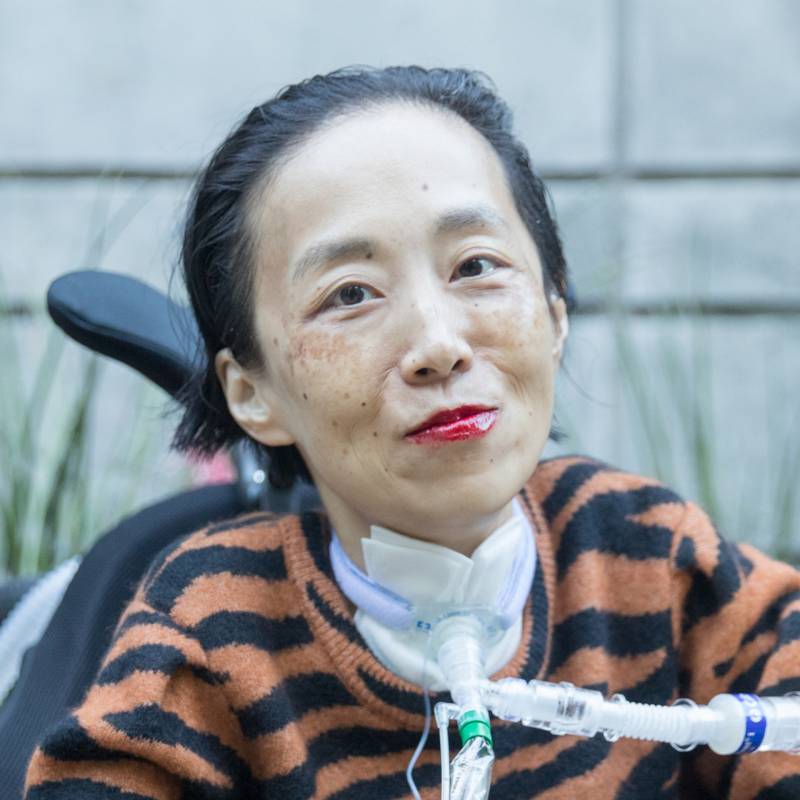Alice Wong can no longer speak. But she still has a voice.
As a high-risk disabled person I have been vigilant about staying safe and avoiding infection during the pandemic. Unexpectedly this summer I had several medical crises that led to four weeks in the ICU. I came home with a tracheostomy, a tube inside my throat attached to a ventilator allowing me to breathe.
While recovering, communication access is one of my greatest challenges since I can no longer speak. People have talked over me, ignored me, or became impatient as I type my responses. I currently use a text to speech app called Proloquo4text. The voice options are robotic, clinical, and white. It mispronounces slang and Chinglish, a mix of Mandarin and English which is part of my culture. It also fails to capture my personality, cadence, and emotions.
Right now, can you feel what I am saying?
Using this technology has made me a better writer because every sentence has to have a succinct purpose. I will both mourn my loss and adapt to my new body because this is what it’s like to be disabled in a non-disabled world and non-speaking in a speaking world. And yet, I can still grin devilishly, roll my eyes sarcastically, and my personal favorite, give the middle finger.
